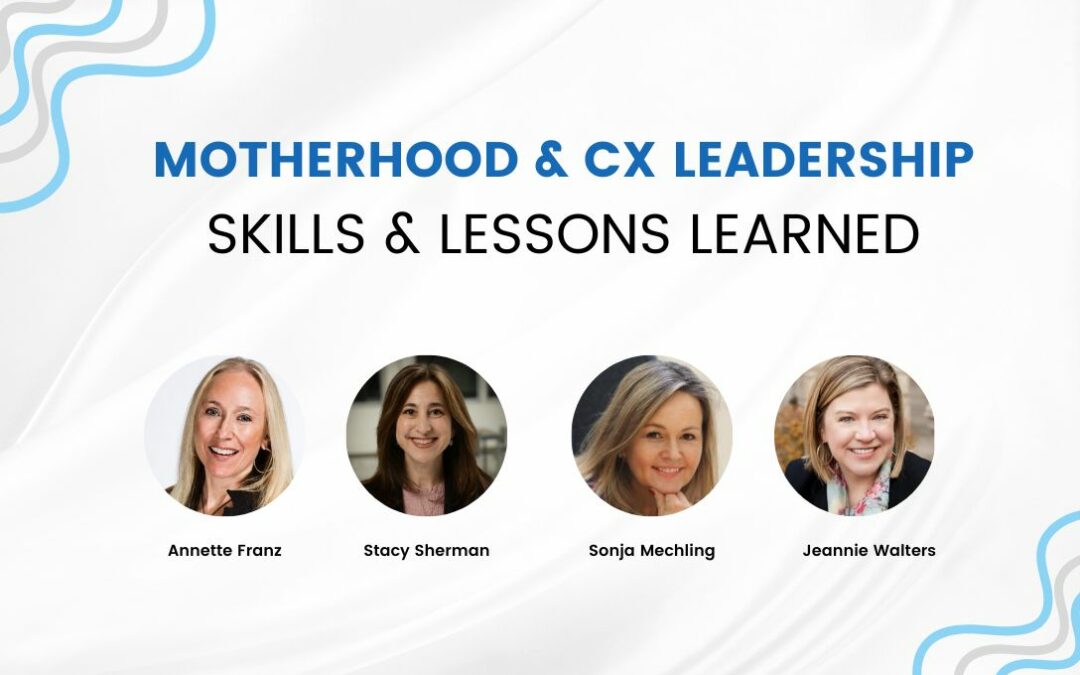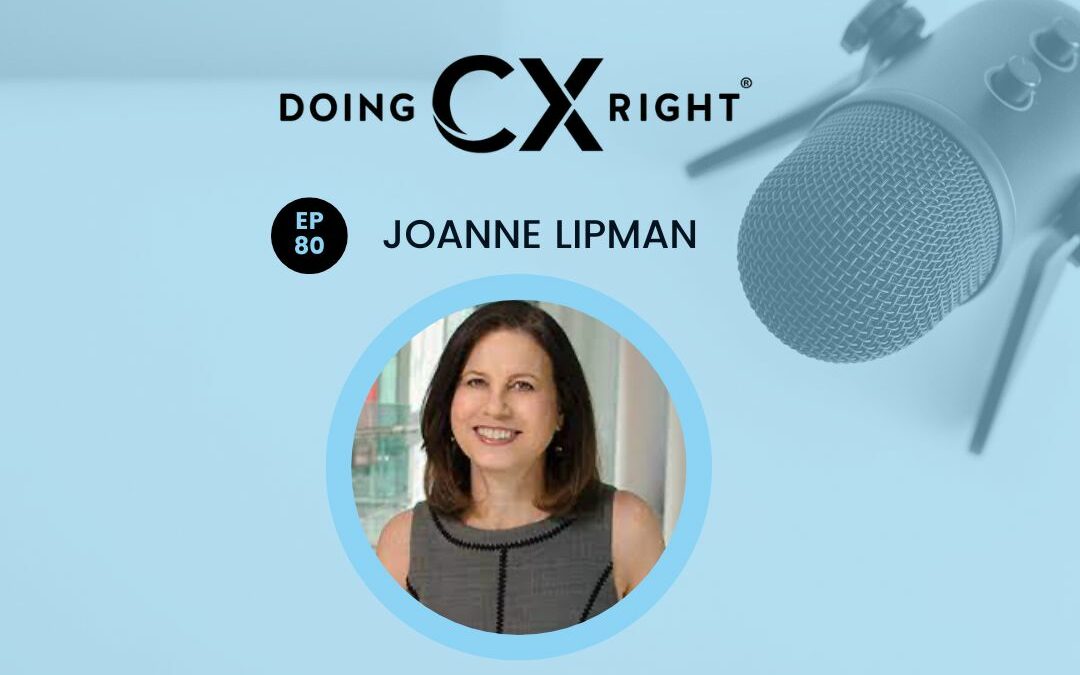
Customer Experience Role Making An Impact? These 3 Signs Say Yes
How to Measure Your Impact in Customer Experience Roles
In the rapidly evolving field of customer experience (CX), gauging your effectiveness and assessing your impact can seem challenging. While quantitative metrics provide valuable insights, they only reveal part of the picture. The true measure of success lies in your ability to enrich lives – those of your customers and colleagues. My article explores three critical indicators that signify your work in customer experience roles is not just meeting, but exceeding expectations, enhancing business performance, and positively impacting the experiences of everyone you interact with.
The Importance of Qualitative Indicators in CX
Before focusing on these indicators, it’s essential to understand why qualitative measures are just as vital as their quantitative counterparts in customer experience roles. In the dynamic, human-centric realm of customer experience, the emotional and psychological nuances of interactions often provide deeper insights into your effectiveness and influence. These non-numeric indicators can guide improvements and inform strategic direction, ensuring that businesses don’t just meet but surpass customer expectations.
1. Internal Recognition
The Role of Cross-Departmental Collaboration
One telling sign of the value you bring to an organization in your customer experience role is when colleagues from various departments frequently seek your counsel on CX matters. This internal recognition – whether in the form of casual consultations or formal project involvement – underscores your expertise and your instrumental role in embedding a customer-centric mindset across the company.
As highlighted in my podcast episode 45 with NPS creator, Fred Reichheld, true customer advocacy goes beyond just measuring scores – it involves actively helping customers become enthusiastic promoters of your brand. Your ability to influence cross-functional projects with this mindset in your customer experience role is key. It transcends individual outcomes and shifts the entire organizational culture towards more customer-focused decision-making, manifesting in tangible improvements to customer satisfaction, loyalty, and business performance.
Impact on Company Culture
Beyond individual projects, the impact you have on the company’s culture through your customer experience role is another clear indicator of your expertise. When team members from various departments naturally incorporate the customer’s viewpoint into their decisions, it directly showcases your successful promotion of a customer-focused mindset.
2. Ongoing Customer Engagement
Building Trust Beyond Transactions
Another powerful indicator of your impact in customer experience roles is the continuation of customer relationships long after formal interactions have concluded. This sustained dialogue signifies more than just the trust customers have in you; it’s a mark of the profound, lasting impression you’ve made on their experience with the brand.
As emphasized in Doing CX Right® podcast, genuine customer recommendations and referrals are far more valuable than gimmicky loyalty programs. By fostering authentic connections that extend beyond transactions, you’ve effectively transformed customers into advocates – a pivotal force that propels business growth and cement brand reputation.
3. Public Endorsement
Leveraging Content to Drive Engagement
In today’s digital age, public endorsement of your expertise and insights is an increasingly significant indicator of your impact in customer experience roles. High levels of engagement with the content you share – whether blog posts, social media updates, or other channels – signal your ability to resonate with a broader audience beyond your immediate professional circles.
The positive reactions from this public sphere not only validate your approach to CX but also confirm your position as an influential voice and thought leader within the industry. Check out Doing CX Right podcast episode 69 as Mark Schaefer and I discuss the revolutionary power of CX, Social and Influencer Marketing.
Expanding Your Impact
Public endorsement has opened up new avenues for dialogue and continuous improvement in your customer experience role. Feedback from public channels has proven instrumental in shaping strategies, refining processes, and driving innovation within organizations’ CX initiatives.
As Reichheld emphasized, businesses that prioritize treating customers well – enabling them to return and refer others – are the ones delivering real value to investors. By actively engaging with and learning from this broader community, you’re solidifying your expertise while ensuring your impact resonates far beyond your organization’s walls.
Integrating Insights into Action
The feedback and recognition you receive in your customer experience role – whether from colleagues, customers, or your public audience – can serve not merely as validation of your current practices but as inspiration for further innovation and continuous improvement within your CX strategies.
From Insight to Implementation
This pivotal step in customer experience roles involves translating the qualitative insights gleaned from the 3 indicators into actionable strategies that tangibly enhance the customer experience and propel business success. For instance, a recurring theme in customer testimonials about your ability to simplify complex processes could inform the development of more user-friendly interfaces or the streamlining of specific workflows.
Similarly, internal recognition of your cross-functional collaboration skills in your customer experience role might prompt the formation of interdepartmental task forces or the implementation of more integrated communication channels – both of which foster a more cohesive, customer-centric approach across the organization.
The most successful companies have processes that keep the customer front and center, using metrics beyond just financials to truly understand if they’re enriching customers’ lives. By actively listening to and learning from these qualitative indicators, you’re paving the way for your organization to continually elevate and redefine the customer experience.
Conclusion: The Ripple Effect of Your CX Impact
In customer experience roles, your impact extends far beyond driving business outcomes or meeting performance metrics. At its core, your work plays a crucial role in enriching the lives of individuals – customers and colleagues alike.
The internal recognition you garner, the lasting connections you forge with customers, and the public endorsement you receive all serve as powerful testaments to your ability to positively influence experiences and foster a customer-centric culture that permeates every aspect of your organization.
As summarized in my Doing CX Right® podcast: The principles that lead to a fulfilling life, such as treating others as you would want your loved ones to be treated, also lay the foundation for a successful business. Adopting this mindset and constantly aiming to improve experiences, your influence in customer experience roles extends far and wide, touching the lives of many. This creates a domino effect that not only uplifts your organization but also fosters a more empathetic, customer-centric world.
So, while quantitative metrics will always play a role in assessing performance in customer experience roles, remember to celebrate and nurture these qualitative indicators – for they are the true barometers of your ability to make a profound, lasting difference in the realm of customer experience.















